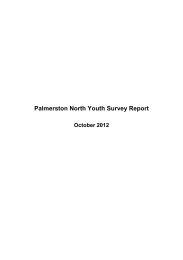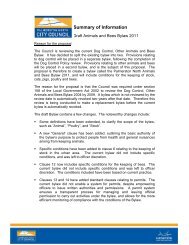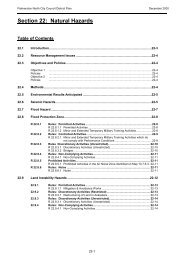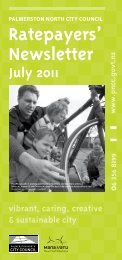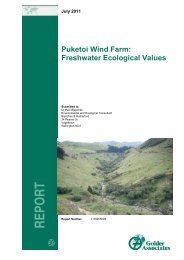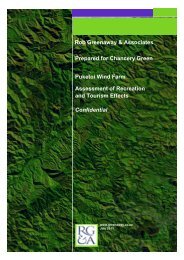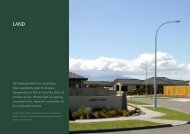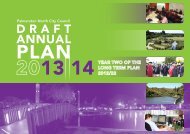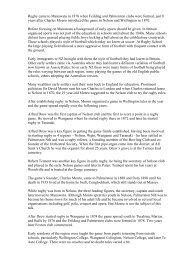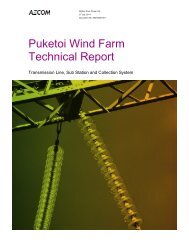Rural-Residential Land Use Strategy Discussion Document - May
Rural-Residential Land Use Strategy Discussion Document - May
Rural-Residential Land Use Strategy Discussion Document - May
You also want an ePaper? Increase the reach of your titles
YUMPU automatically turns print PDFs into web optimized ePapers that Google loves.
Monitoring of development trends<br />
The Council collects a range of information and statistics about population, demographics, employment,<br />
building development, resource consents and land subdivision. This information is available from a range<br />
of Council sources and is used to inform policy development and new land use rules:<br />
• Census - Household Projections for Palmerston North<br />
• Annual Growth Monitoring Reports<br />
• State of the Environment Monitoring Report<br />
• Housing Needs Assessments<br />
Some summary statistics and information relevant to the <strong>Rural</strong> <strong>Residential</strong> <strong>Land</strong> <strong>Use</strong> <strong>Strategy</strong> and the<br />
<strong>Rural</strong> Zone Review include:<br />
Population Growth<br />
• Palmerston North is growing. By 2031 the population is projected to increase by nearly 20% to<br />
94,000 people.<br />
Household Projections<br />
• A household is defined as one person usually living alone, or two or more people usually living<br />
together and sharing facilities (eg: eating and cooking facilities, bathrooms, toilet facilities and<br />
living areas) in a private dwelling.<br />
• The average annual growth in the number of households between 2001 and 2031 in Palmerston<br />
North is projected to be 1.1%, resulting in 9300 additional households between 2006 and 2031.<br />
• Household projections reflect trends towards smaller households – one person households will<br />
account for 31% of households in 2031 compared with 24% currently.<br />
• Household growth is expanding at a greater rate than the number of new houses being built.<br />
Subdivision and building development trends monitoring<br />
The subdivision of land is an important stage of the land development process, creating additional<br />
sections (lots with legal title) within existing urban areas, new greenfield suburbs and lifestyle lots in<br />
rural areas. Subdivision generally precedes the construction of houses.<br />
The following table shows the number of building consent applications processed by the Council for the<br />
three main types of residential environments in the City:<br />
9



